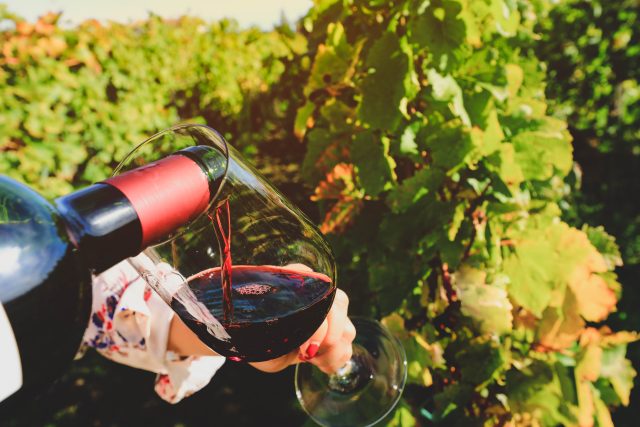This website uses cookies so that we can provide you with the best user experience possible. Cookie information is stored in your browser and performs functions such as recognising you when you return to our website and helping our team to understand which sections of the website you find most interesting and useful.
Climate change offers one big perk for Bordeaux fans
Global warming is changing the rate at which wine ages, meaning you may not have to cellar Bordeaux wines for as long, Médoc winemaker tells db.

Some good news for fine wine fans, the planet might be going to hell in a handcart but at least we’ll be able to commiserate with plenty of Bordeaux, and enjoy it sooner than once we might have. It seems the days of waiting for extended periods of time for a wine to reach its best may be over.
“Usually we say that Bordeaux wines start to be enjoyable after 10 or 15 years,” Matthieu Bordes, winemaker at Château Lagrange, told the drinks business. “Now with the global warming affect, wines are available much earlier. More like five or six years.”
The change to the speed in a wine’s development chimes with shifting consumer habits, with wine drinkers chasing instant gratification.
“People hear about the en primeur and they want to have the wine immediately. People don’t have the facilities to store the wine so they want to drink it straight away,” said Bordes of this one silver lining to the many grave challenges that climate change presents for vintners.
“It shows how global warming is a reality, but we are learning to control the yield much better than before. We are reaching a better maturity,” Bordes added.
If he could have chosen any point during the last 10 years to “halt global warming”, Bordes said, it would be now.
The winemaker revealed that the 2022 vintage was his “second earliest year of harvesting ever”, with Château Lagrange kicking off this year’s efforts on 8 September.
The changing climate is also altering the make-up of Bordeaux blends. “We are using more and more Cabernet Sauvignon and less and less Merlot,” said Bordes.
“These days our blends tend to comprise of 76% Cabernet Sauvignon and 24% Merlot.”
Due to the fact that “Merlot is very good in its youth, but not so good as it ages”, winemakers are dialling down its prominence, and bringing other varieties to the fore. Though which grape takes its place rather depends on which side of the river you’re on.
“On the Left Bank you need very old clones of Cabernet Franc, so we prefer to plant Cabernet Sauvignon to Cabernet Franc. On the Right Bank, Cabernet Franc is the best variety with which to replace Merlot.”
Château Lagrange, owned by Japanese drinks company Suntory Holdings, has 17 different types of soil in its vineyard, and is increasingly working with Petit Verdot, using up to 12% in certain blends so far. “Particularly in a hot vintage, Petit Verdot is very interesting,” said Bordes.
In his opinion, one winemaking region to keep an eye on in the coming years is Napa.
“In Napa Valley, where wines are produced 300/400/500m above sea level, you can find a similar freshness in the wines to Bordeaux,” he said.
Though for how much longer this will last, given the rising temperatures, is anyone’s guess.

